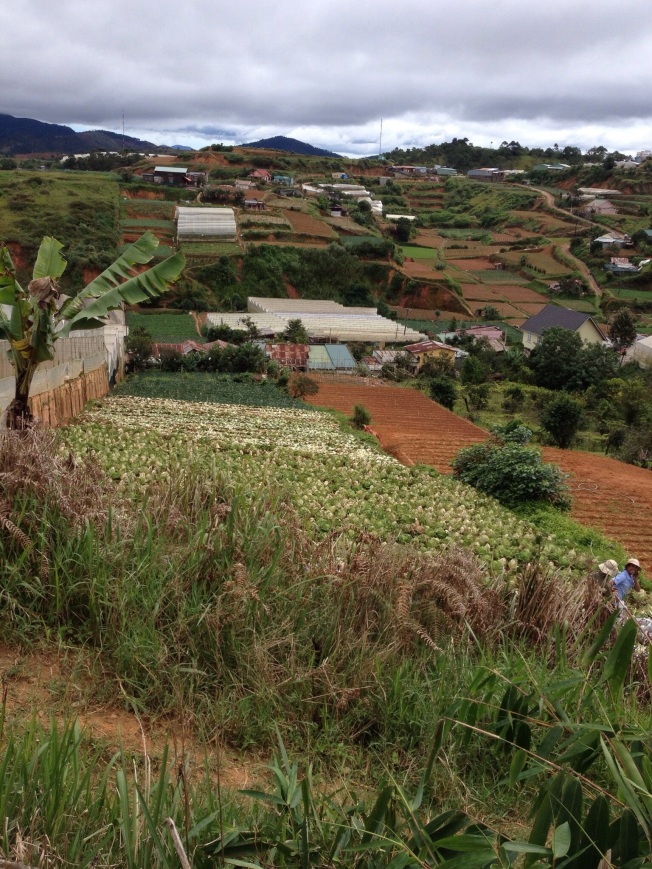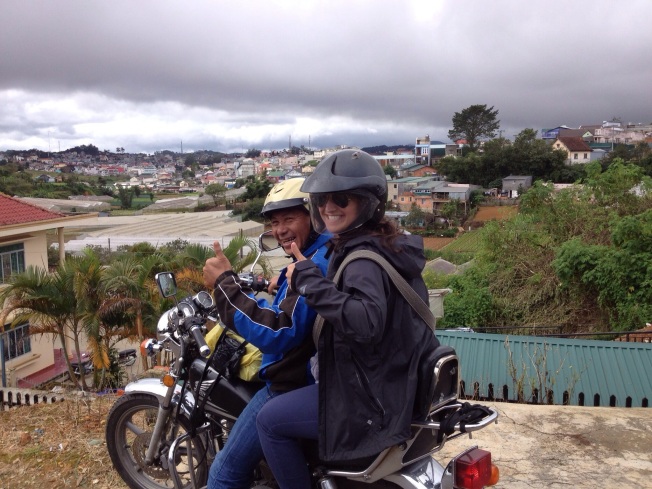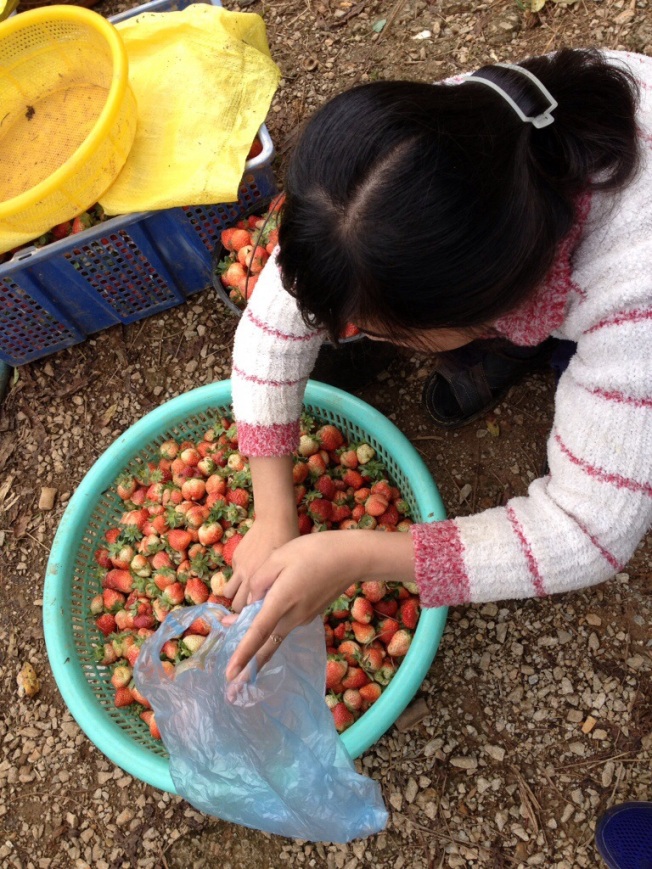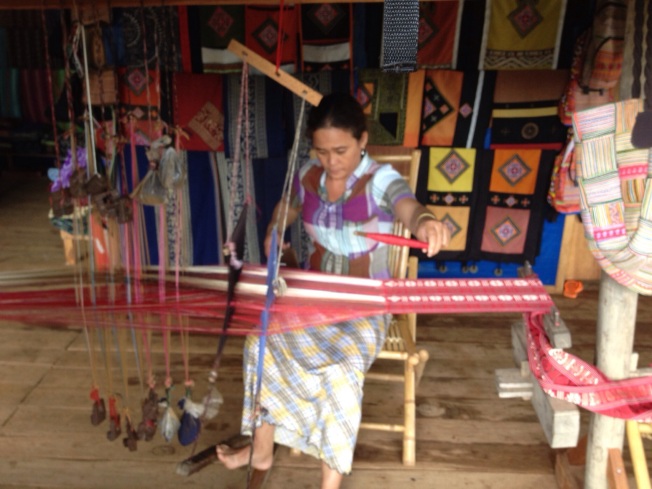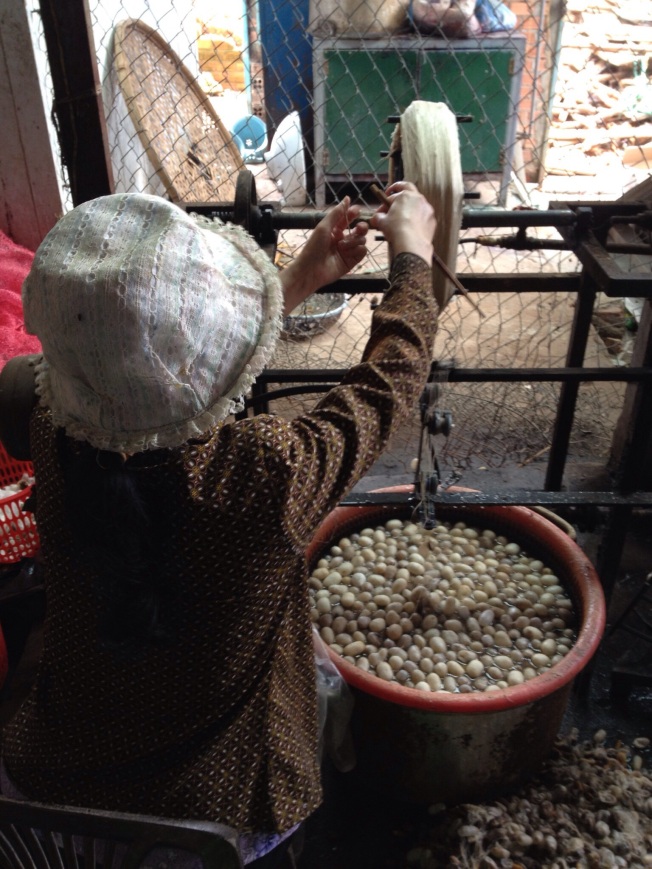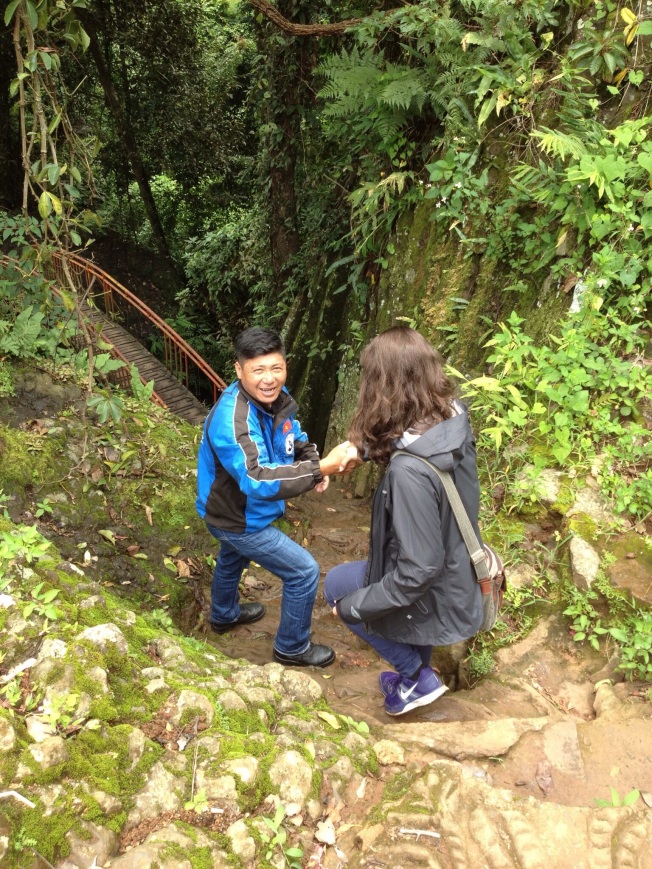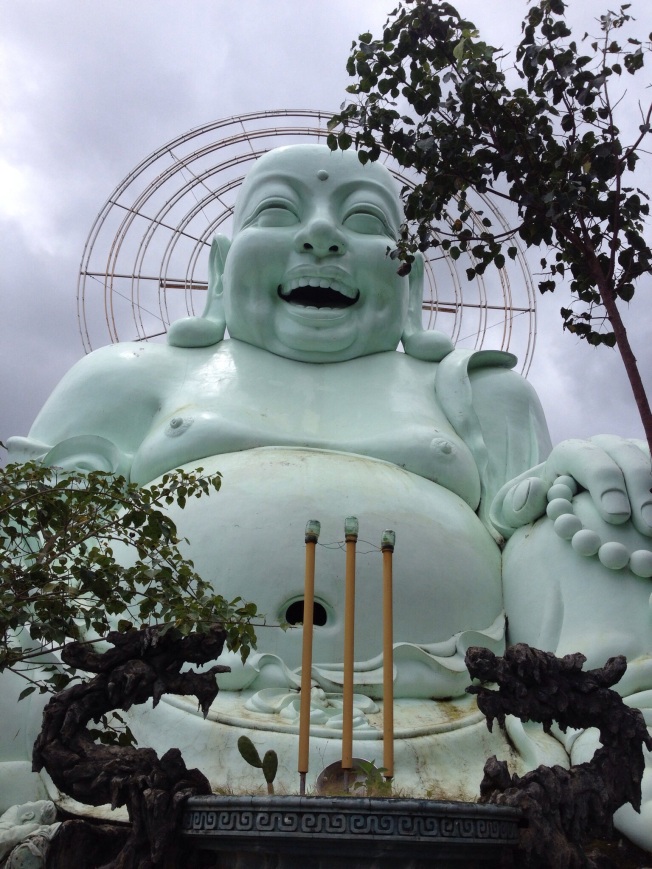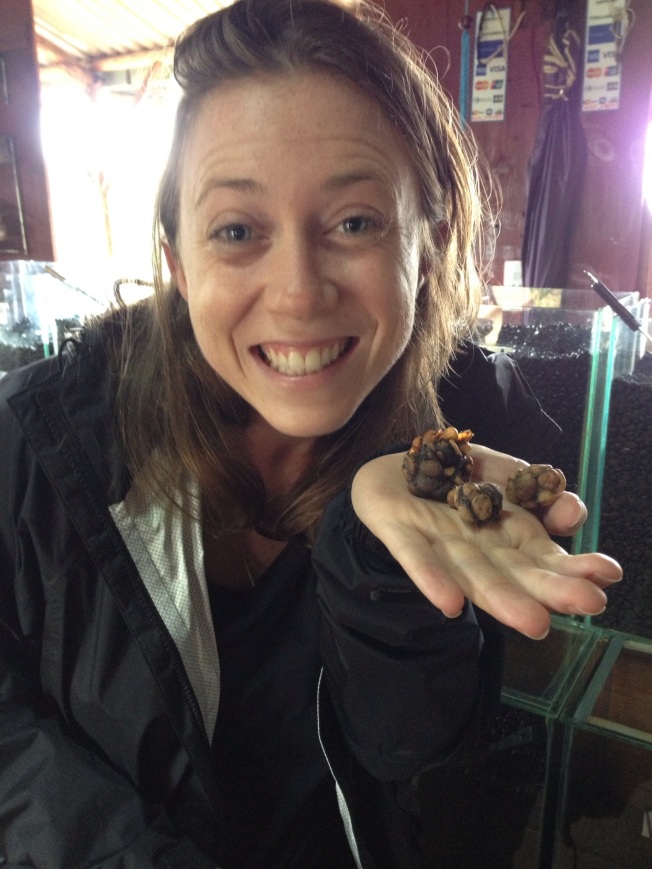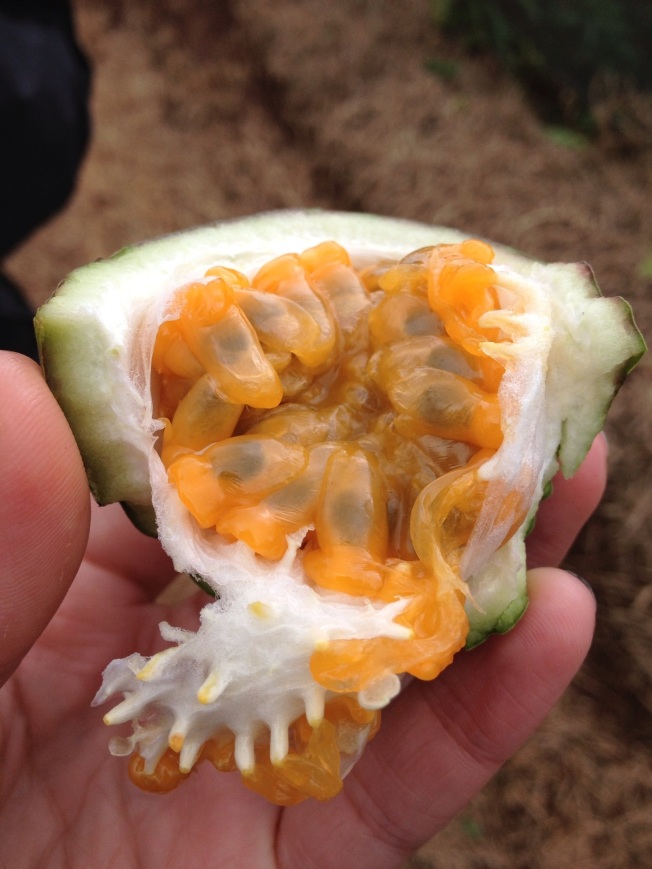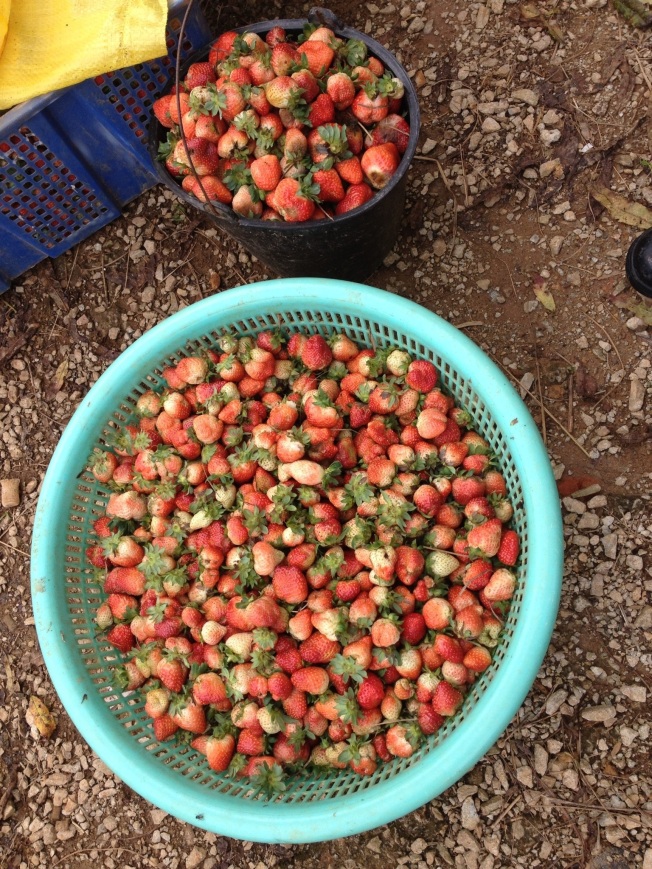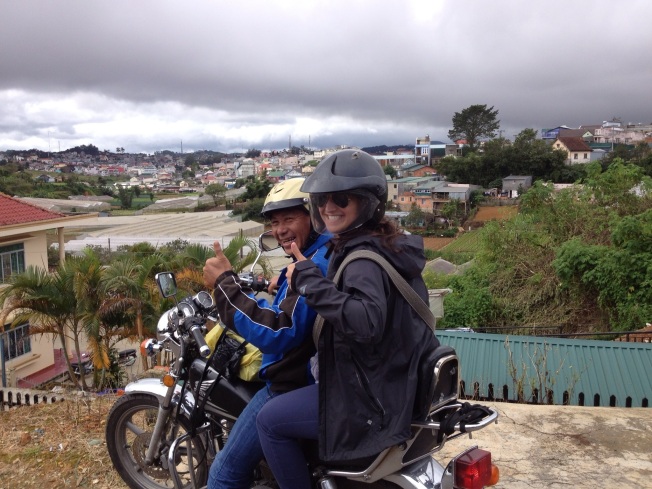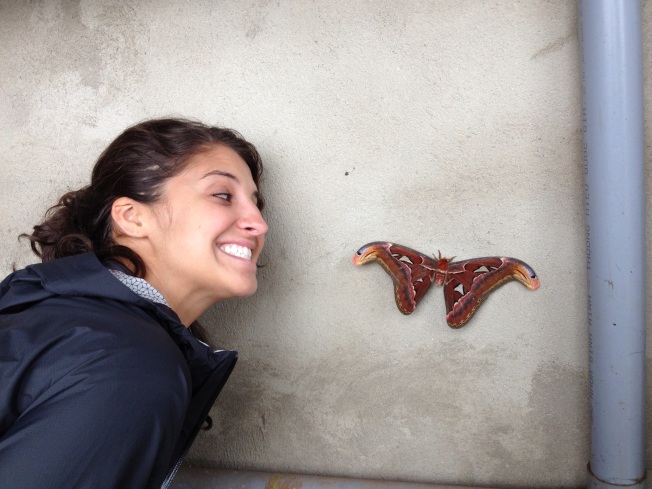Here’s the next installment from the Gold Coast Gazette!
We did not intend to stop in Da Lat. As the bus rounded a final hill on a long and winding road, I looked down upon the town centre in the valley below. A city founded as a resort town by the French, the European architectural influence remains today; the city resembles the Swiss Alps more than the South Central Highlands. 1,500m above sea level, we blissfully found autumn in Vietnam.
While Da Lat centre may seem western, the surrounding hillsides are home to some of the oldest minority cultures in Vietnam. This is the part of the city really worth seeing, and there is no one better guide than the locals. We embarked early in the morning with Quy and Duc, two of the original Easy Riders of Da Lat. The town is famous for these motorbike tours, which take foreigners around the city sites and up into the mountains. These men grew up in Da Lat and spent over twenty years as Easy Riders. They put serious thought into giving us an authentic and personalized experience, showing us the places they grew up and love, as if we were all friends on a journey. Throughout the day, we were the only tourists among locals.
In the exhilaration of the morning’s ride, I had nearly forgotten our real goal for the day: to meet the hillside minority groups of Da Lat. Our first stop at the local farms revealed transcendent views of the city. Da Lat’s temperate climate not only offers visitors a sense of fall in overwhelmingly humid tropics, but also allows for the growth of produce year round. As we walked through strawberry fields, which seemed to stretch on forever, we received gifts of fruit from the family of farmers. The people we met throughout the day were truly welcoming and gracious; their clear hardship had not damaged their beautiful hearts.
Similarly, at the plantation where we drank Weasel Coffee (description in mleaciampi.wordpress.com), we met another minority culture of weavers that the plantation owners had taken in. I watched as one woman wove an intricate tablecloth of symbols for fish and rice. For authentic souvenirs, these are the places worth spending money at. The nearby silk factory was also solely operated by women; Duc explained the entire process, from live silk worms and dead larvae (battered, fried, and resold later) to the spinning and carbon screen printing press. The carbon machines were ancient and fascinating, outdated but very smart technology. The fabrics were truly gorgeous, much more so than any we’ve seen in stores, and the prices are wholesale. Again, it is worth giving to such hardworking, lovely people.
The generosity of the Vietnamese consistently exuded from Quy and Duc. Their intimate knowledge of the land and the beauty they shared with us is beyond simple kindness. The most impressive site of the day was on the grounds of the Linh An Tu Pagoda. If Quy had not directed me to the right corner of the garden, I would have miraculously missed the “Merciful Charity Smiling Bô Dåi” (Vietnamese name for the “Laughing Buddha”). The shock of suddenly seeing such a large and ancient figure left me in complete awe. I dropped my raincoat and stood at the base of the steps, completely alone with this massive Bô Dåi. A very powerful sense of the long tradition of Buddhism came over me and reminded me why I ventured so far from home.
Quy and Duc shared such breathtaking sites and showed us the true camaraderie of the Vietnamese people. Over lunch – whole fish and lemongrass chicken with vegetable rice and cabbage soup – Quy said “here, we sit together as friends and family”. He spoke about the Vietnam War, and though his father died at the battle of Hamburger Hill, Quy did not feel that Vietnamese and Americans harbor any ill will toward each other. The Americans, he said, just wanted the Vietnamese to be free, but that is not the way it can be in his country. He put it very eloquently: “the Americans gave up the war, and forgot the Vietnamese on the mouth, but they never forget in their hearts; the Americans love the Vietnamese”. After a history of such devastation and struggle, the beauty of the Vietnamese people is truly ineffable.
